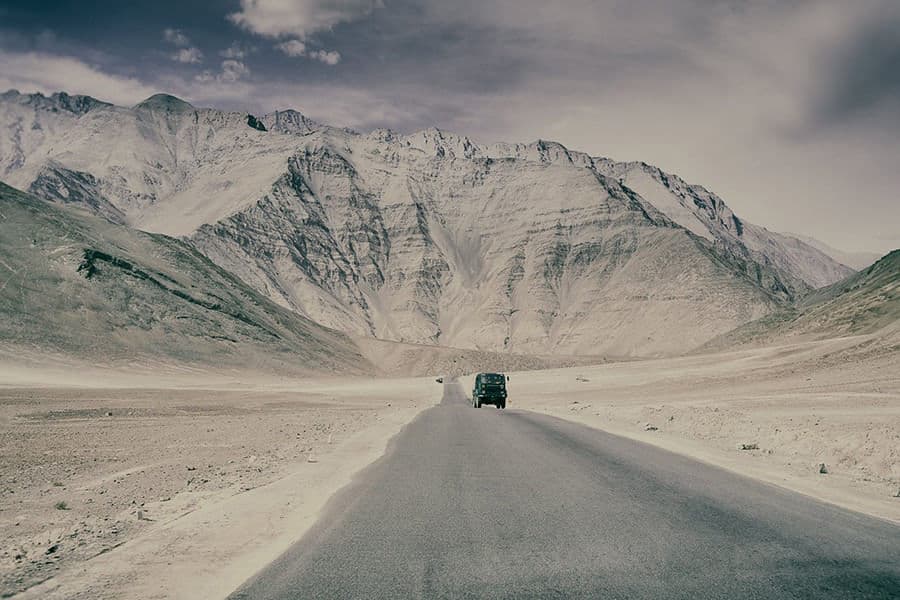Ladakh Cold Desert
Best time to Visit
AprilMayJune
Season
Ladakh Cold Desert

Tags
1Plan My Trip To Ladakh2Trekking In Ladakh3Culture and Traditions of Ladakh4Ladakh Hotsprings5Famous Ladakh Lakes6Laddakhi Attire7Cultural Town of Chamoli8Chamoli Stays9Fun Trip To George Everest10Land of Monasteries Keylong11Keylong Weather Check12Mini Kashmir of Uttarakhand, Munsiyari13How Can I plan My Trip To Munsiyari14Queen of Hills Shimla15Shimla Accommodations16Khajjiar, The Mini Switzerland of India
Reach out to us
Have An Enquiry? Write To Us…
Popular Packages
No data found


Support Team
+91-7303195208 / +91-9911937751
24 hrs (7 days a week) Except national holidays

Send a Email
info@planmypackage.com
Send a Message to PMP Suppport Team

+91-7303195208
Click to Connect on WhatsApp

Address
201, JPO PLAZA, SECTOR - 18, NOIDA, Gautam Buddha Nagar, Uttar Pradesh, 201301








"This was the best travel experience of my life. Everything was perfectly managed!"
Rohit Sharma
Traveler
© 2025 Plan My Package. All Rights Reserved.
Design & Developed By : Divine Mantra Pvt Ltd